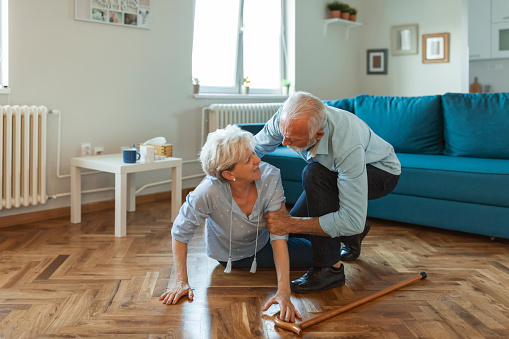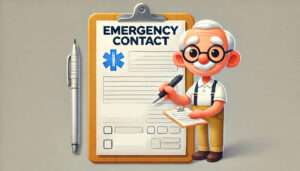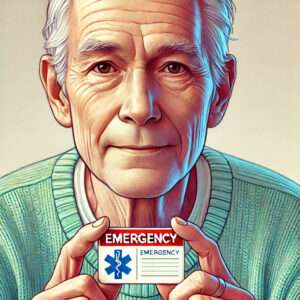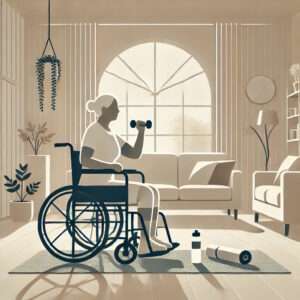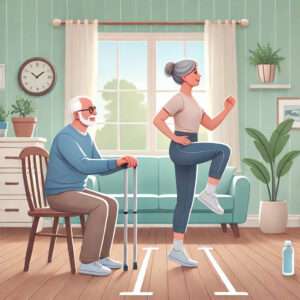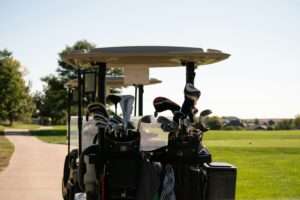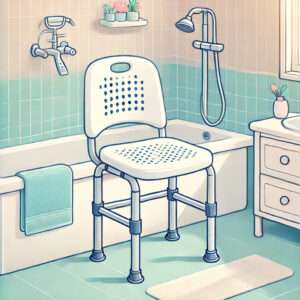As we age, maintaining our physical well-being becomes increasingly crucial. One of the significant concerns for seniors is the risk of falls, which can have severe consequences. In this blog post, we’ll delve into the top 10 reasons why seniors may experience falls and explore practical solutions to prevent them. Whether you’re a senior yourself, a caregiver, or simply interested in senior health, this guide will provide valuable insights and strategies to promote safety and independence.
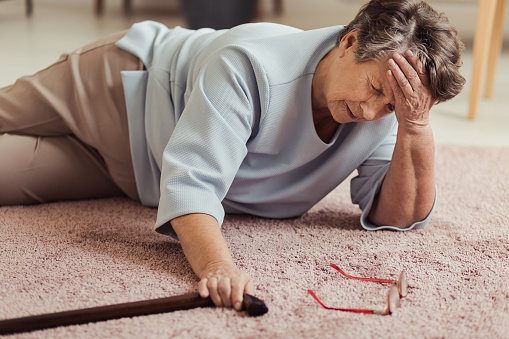
- Decreased muscle strength: Aging often leads to a decline in muscle strength, impacting balance and coordination. Engaging in regular strength-building exercises, such as resistance training or yoga, can help seniors maintain muscle mass and stability.
- Loss of flexibility: Reduced flexibility can hinder daily activities and posture, increasing fall risk. Stretching exercises and activities like tai chi can improve flexibility and enhance overall mobility.
- Medications: Certain medications can cause side effects like dizziness or drowsiness, contributing to falls. Seniors should review their medications with healthcare professionals regularly to minimize potential risks and adjust prescriptions if necessary.
- Chronic health conditions: Conditions like arthritis, Parkinson’s disease, and stroke can affect balance and mobility. Managing these conditions effectively through treatment plans and therapies can help reduce fall risk.
- Vision problems: Poor vision can impair depth perception and judgment, making seniors more prone to tripping or falling. Regular eye exams and appropriate eyewear are essential for maintaining optimal vision health.
- Environmental hazards: Hazards like dim lighting, uneven floors, and clutter pose significant risks for falls. Seniors and caregivers should conduct home safety assessments and make necessary modifications to create a safe living environment.
- Poor footwear: Ill-fitting or slippery footwear can compromise stability. Seniors should wear supportive shoes with nonskid soles to minimize the risk of slipping and falling.
- Balance and gait disorders: Conditions affecting balance and gait, such as vertigo or vestibular disorders, require proper diagnosis and management. Physical therapy and balance exercises can improve stability and reduce fall incidents.
- Cognitive impairment: Dementia and cognitive decline can lead to confusion and disorientation, increasing fall susceptibility. Caregivers should implement safety measures and provide supervision to minimize risks for seniors with cognitive impairment.
- Fear of falling: Seniors who fear falling may limit activities, leading to physical deconditioning and increased fall risk. Encouraging a balanced approach to activity, along with fall prevention strategies, can help alleviate fear and promote confidence in mobility.
Conclusion: By addressing these common causes of senior falls proactively, we can create safer environments and promote better overall well-being for older adults. Remember, prevention is key, and a combination of education, lifestyle modifications, and appropriate interventions can significantly reduce the risk of falls and their potential consequences. Let’s prioritize senior safety and empower individuals to age gracefully and independently.

